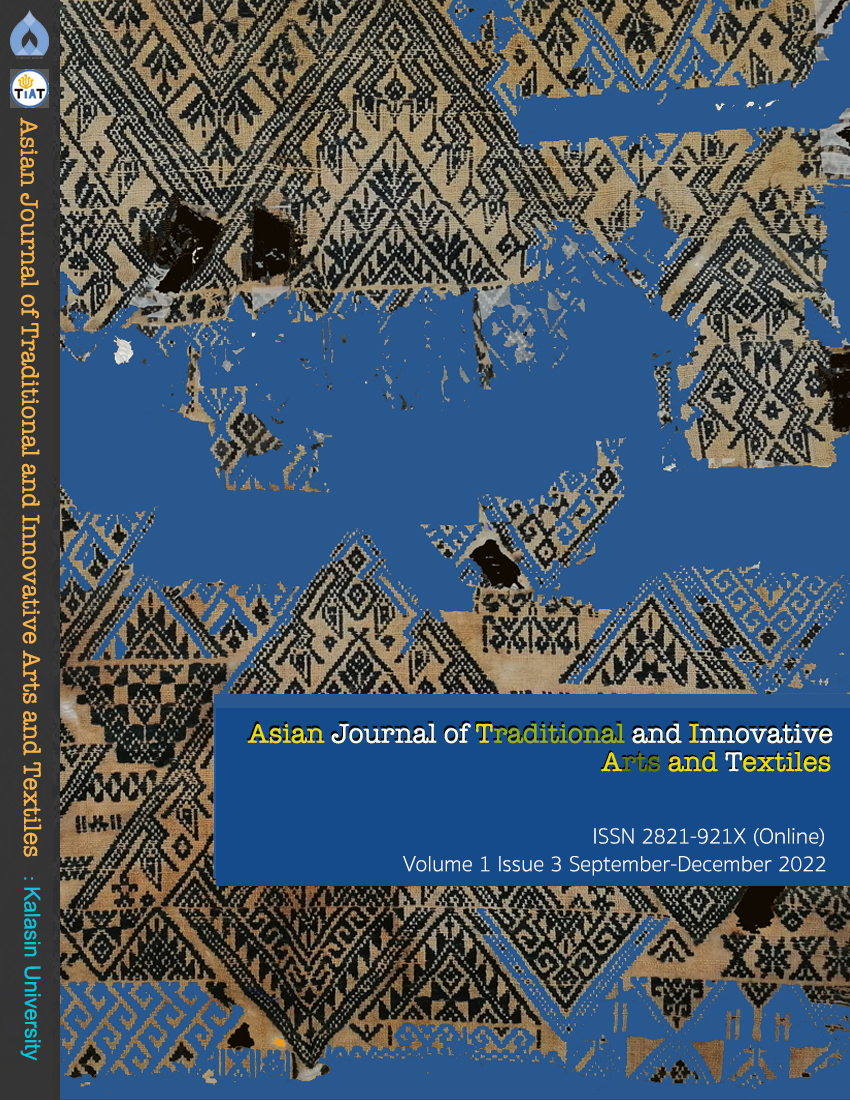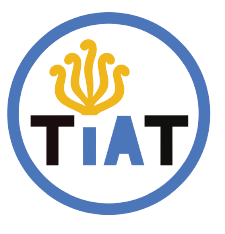Buddhist Space and the Identity Expression of the Phu Tai People on Both Sides of the Mekong River by Pichet Saiphan
References
Chaiteing, T. (2012). The Cultural Ties of the Phu-thai Tribe between both Mekong River Banks. Political Science and Law Journal Kalasin University. 1(2): 1-20.
Saiphan, P. (2016). Buddhism and Ethnic Identity Politics among the Phutai in Northeastern Thailand. Journal of Sociology and Anthropology. 35(2): 47-71.
________. (2021). Buddhist Space and the Identity Expression of the Phu Tai People on Both Sides of the Mekong River. Bangkok: E.T. Publishing Company Limited.
Saleepun et al. (2022). The Role Of The Phu Tai Dance Drama In The Presentation Of The Image Of Praewa Cloth In The Thai Nation-State Culture: A Case Study Of Her Majesty Queen Sirikit, The Queen Mother. Journal of Roi Kaensarn Academ. 7(8): 508-520.
Talisa, K. (2017).Fon Phuthai in Kalasin. Academic Journal Phranakhon Rajabhat University. 8(1): 329-337.
Downloads
Published
How to Cite
Issue
Section
License
Copyright (c) 2022 Asian Journal of Traditional and Innovative Arts and Textiles

This work is licensed under a Creative Commons Attribution-NonCommercial-NoDerivatives 4.0 International License.





